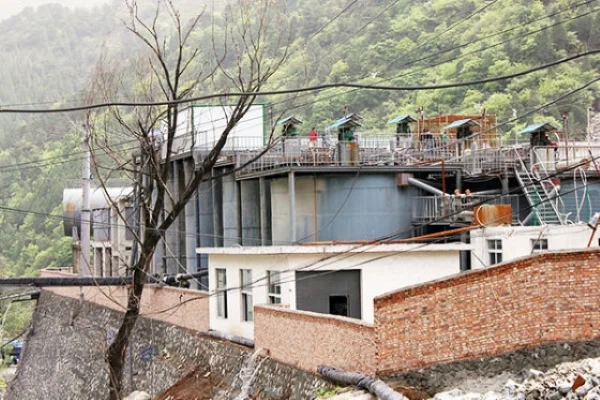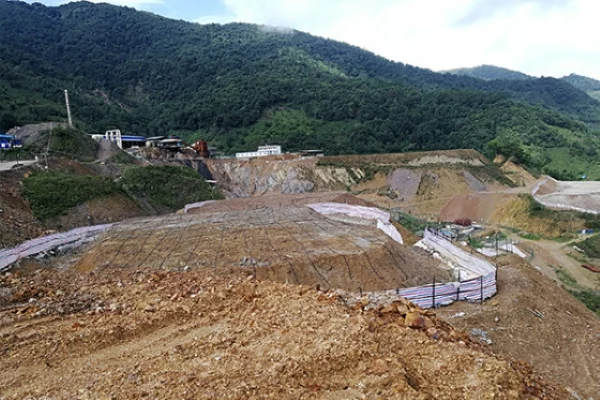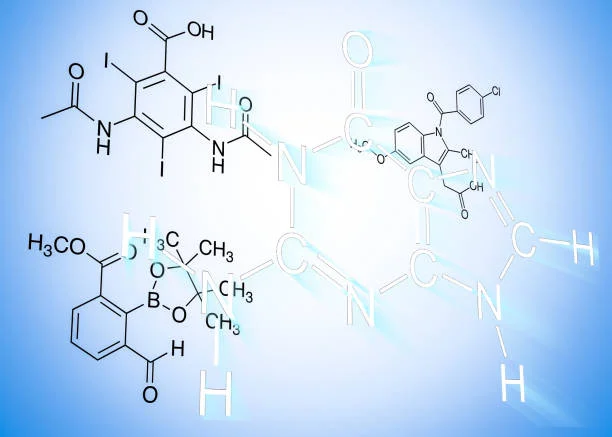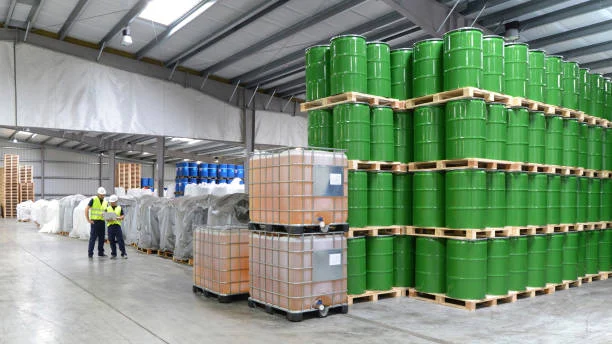Sodium cyanide, a highly toxic compound, poses significant risks not only to human health but also to livestock. Its potential for harm is often underestimated, particularly in agricultural settings where livestock are present. This article delves into the effects of Sodium Cyanide on various livestock species, the circumstances under which poisoning occurs, and the necessary precautions to mitigate risks associated with its use and transportation.

Understanding Cyanide Toxicity
Cyanide is a potent poison that can be absorbed through the respiratory tract or skin, leading to rapid systemic effects. Once ingested, it is hydrolyzed into hydrogen cyanide in the stomach, which is then absorbed into the bloodstream. The lethal doses of cyanide vary among different livestock species, highlighting the need for awareness among farmers and chemical plant operators.
Cattle: The lethal dose of cyanide for cattle ranges from 0.39 to 0.92 grams.
Sheep: For sheep, the lethal dose is significantly lower, at 0.04 to 0.10 grams, with a toxic dose of 1.05 mg/kg body weight.
Horses: Horses are also vulnerable, with a lethal dose of approximately 0.39 grams.
Dogs: Even household pets are at risk, with a lethal dose of 0.03 to 0.04 grams.
These figures underscore the critical need for vigilance in environments where cyanide is present.
Incidents of Livestock Poisoning
There have been numerous documented cases of Livestock Poisoning due to the ingestion of cyanide-containing wastewater. This often occurs when cyanide-laden water leaks into low-lying areas, creating pools that livestock, such as cattle and sheep, may drink from. The consequences can be dire, leading to rapid poisoning and death.
In typical agricultural operations, cyanide-containing wastewater is treated to ensure that the cyanide levels are reduced to safe limits. However, lapses in management, inadequate treatment facility design, or lack of proper chemical handling can result in the discharge of wastewater with dangerously high cyanide concentrations. Such negligence can lead to catastrophic outcomes for livestock.
Preventative Measures and Safety Protocols
To protect livestock and ensure safety in environments where sodium cyanide is used, several precautions must be taken:
Strict Management of Wastewater: It is essential for agricultural and chemical operations to implement rigorous management protocols for wastewater treatment. Regular monitoring and maintenance of treatment facilities can prevent leaks and ensure that cyanide levels remain within safe limits.
Education and Training: Personnel handling Sodium cyanide must undergo proper training and certification. Understanding the properties of cyanide, its potential hazards, and the appropriate safety measures is crucial for preventing accidents.
Controlled Access: Since cyanide is regulated by government agencies, access to it should be limited to trained professionals. This control helps prevent unauthorized use and potential exposure to both humans and animals.
Emergency Response Plans: Establishing clear emergency response plans for cyanide spills or leaks is vital. These plans should include immediate actions to contain the spill, notify relevant authorities, and provide medical assistance to affected individuals or animals.
Public Awareness Campaigns: Raising awareness among farmers and livestock owners about the dangers of cyanide and the signs of poisoning can lead to quicker responses in case of accidental exposure. Educational programs can help disseminate information on safe practices and emergency procedures.
Conclusion
The risks associated with sodium cyanide are significant, particularly in agricultural settings where livestock are present. Understanding the toxic effects of cyanide on different species, recognizing the circumstances that lead to poisoning, and implementing stringent safety measures are essential steps in safeguarding both animal and human health. By prioritizing safety and education, we can mitigate the dangers posed by this hazardous substance and protect our livestock from unnecessary harm.
As we move forward, it is imperative that all stakeholders—farmers, chemical plant operators, and regulatory agencies—collaborate to ensure that the use of sodium cyanide is managed responsibly and that the safety of livestock remains a top priority.
- Random Content
- Hot content
- Hot review content
- Toluene
- Cobalt Sulphate Heptahydrate
- Calcium Chloride 74% Flakes
- Food Additive E330 Citric acid monohydrate
- Zinc sulfate monohydrate 98% Industrial & Feed Grade
- TuxingSun United Mining Mineral Research and Testing Center - Ore Element Testing Laboratory
- Sodium Tripolyphosphate
- 1Discounted Sodium Cyanide (CAS: 143-33-9) for Mining - High Quality & Competitive Pricing
- 2Sodium Cyanide 98% CAS 143-33-9 gold dressing agent Essential for Mining and Chemical Industries
- 3Sodium Cyanide 98%+ CAS 143-33-9
- 4China's New Regulations on Sodium Cyanide Exports and Guidance for International Buyers
- 5Anhydrous Oxalic acid 99.6% Industrial Grade
- 6Oxalic acid for mining 99.6%
- 7Reagent Grade/Industrial Grade Hydrochloric Acid min.31%
- 1Sodium Cyanide 98% CAS 143-33-9 gold dressing agent Essential for Mining and Chemical Industries
- 2High Quality 99% Purity of Cyanuric chloride ISO 9001:2005 REACH Verified Producer
- 3 High-Quality Sodium Cyanide for Leaching
- 4Powdery emulsion explosive
- 5Industry Grade Electron grade 98% Sulfuric Acid H2SO4 Sulphuric Acid Battery Acid Industrial Sulfuric Acid
- 6Colloidal emulsion explosive
- 7sodium hydrosulfide 70% flakes used Mining Industry












Online message consultation
Add comment: